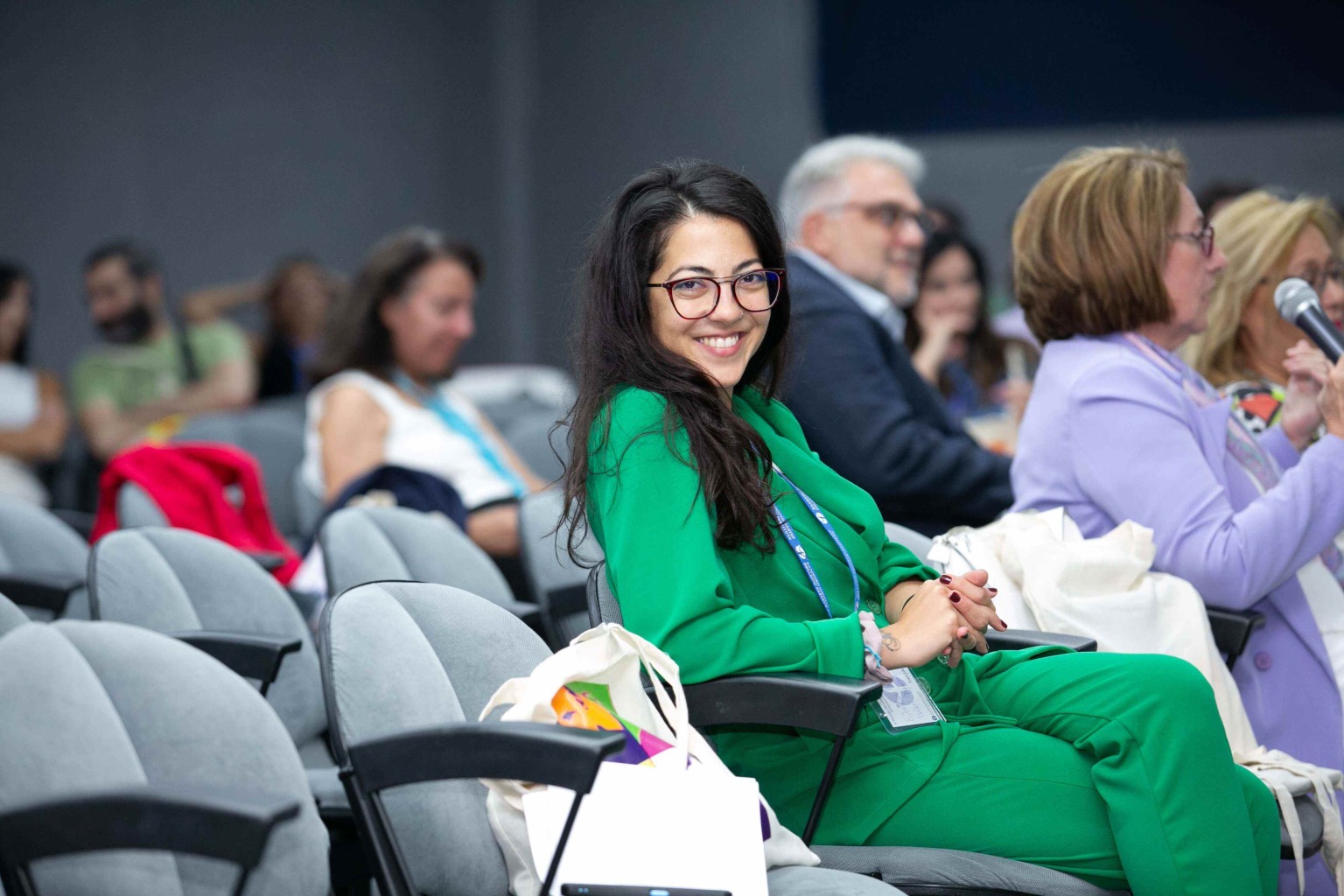
Dr. Elpiniki Ninou: Just like in Theater, Teamwork is the Key to Success in Science!
Niki Michalopoulou
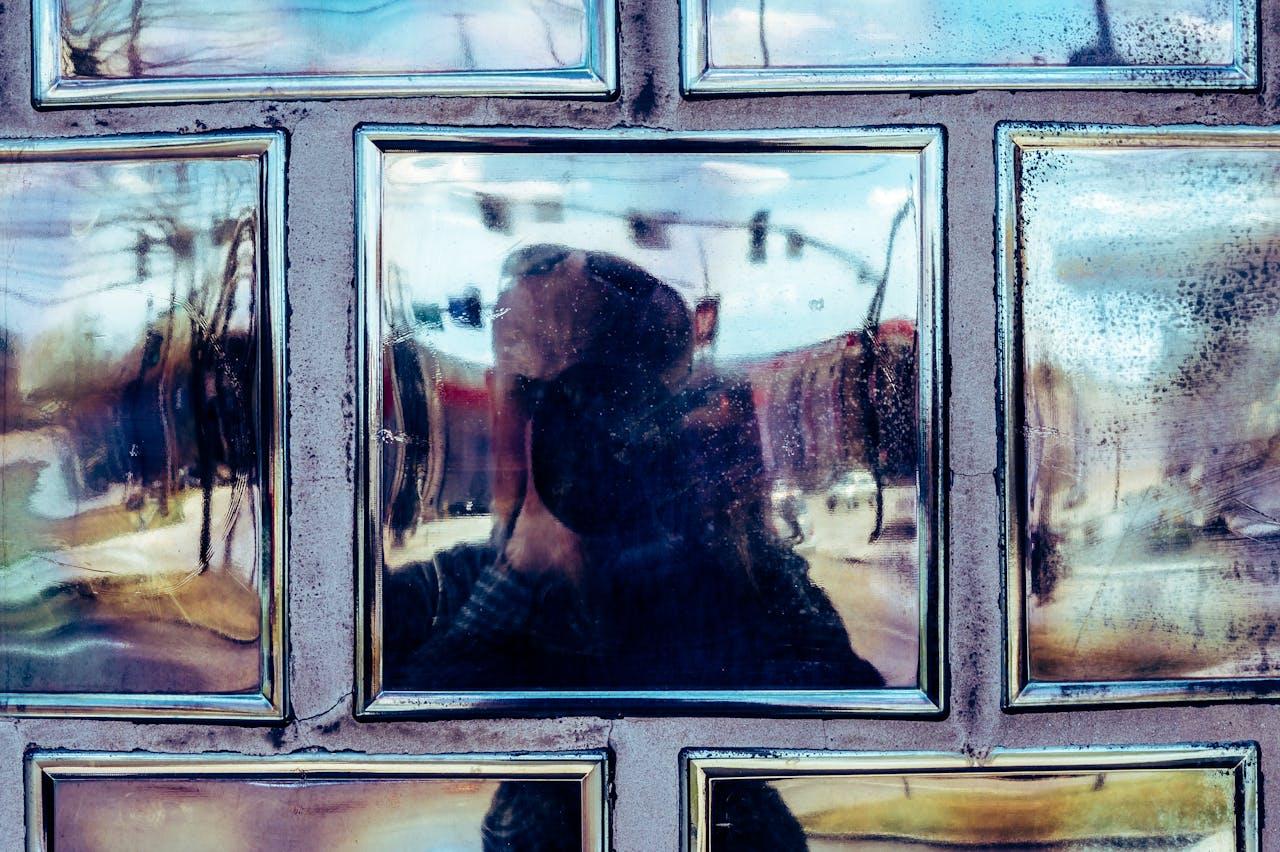
Magazine / Interviews , Science
Greek Women in STEM had the opportunity to talk with Dr. Maria Karnezou and Eleanna Balla, both working at the most important science museum of Greece, Noesis, based in Thessaloniki. Noesis fulfills the important role of Science Communication and education in Greece and welcomes visitors from Europe and the Balkans.
Maria Karnezou holds a Ph.D. in Science Education and today is responsible of the educational programs of Noesis. Eleanna Balla holds an M.Sc. in Science Education and Technology, and she is responsible for the design and development of the educational programs. Together, Maria and Eleanna form the core of science communication at Noesis.
What could the effect of bringing children closer to science be on our future as a society?
[Maria Karnezou]
Bringing children closer to science can be achieved through their participation in activities that can stimulate their interest and curiosity for science. This is a crucial way of cultivating the future generation of citizens, who will be well informed on science breakthroughs. That generation will face science in a critical way and without fear; thus, our society has realistically greater chances to make use of the benefits of science, choosing consciously sustainable and practical solutions.
[Eleanna Balla]
From my point of view, bringing children closer to science is vital. Science and technology have drastically changed our lives throughout the years by always evolving and shaping the world around us. As our societies keep changing, and people living in them are not well prepared to adapt to these changes and face the coming challenges, progress will eventually stop. Therefore, supporting the future citizens to follow society’s changes is crucial both for them and for the society as a whole. This can be achieved through a substantial connection of children with science. This type of education in science and technology can be encouraged through games, throughout the course of school education. In these, children learn through observation, providing them all the tools and information needed.
Why did you decide to work on science education at a science museum?
[Maria Karnezou]
This choice was straightforward for me when, during my MSc studies, I attended a course on science education at the Aristotle University of Thessaloniki. During the lectures, I heard for the first time a professor talking about the non-typical science education through spaces like the science museums. That lecture had a catalytic effect on me and became a turning point for my professional career.
[Eleanna Balla]
Since a very young age, I remember being impressed and very interested in learning how things work. I loved to experiment and build things, so it was not a surprise when after the final school exams, I was accepted to the department of Physics at the Aristotle University of Thessaloniki. One year after I obtained my BSc diploma, I randomly bumped into a job application at Thessaloniki’s Science Center and Technology Museum, asking for graduate students as tour guides for school groups. Applying for that job was inevitable. When I started talking with the people working there and saw the installations of the museum, it became obvious to me that this was a well-suited place for me. Following my years as a tour guide, I decided to obtain an MSc degree in science education to gain more knowledge, and I fell in love with the field of non-typical science education even more. So, that was my journey from the department of Physics and how it brought me to the science education programs of Noesis.
Which is your favourite exposition/installation at Noesis?
[Maria Karnezou]
This is a very difficult question, but I would say that I would pick the exposition of ancient Greek technology. This exposition starts with a display of the ancient Agora of Thessaloniki in 1997 and ends with Noesis’s facilities. I believe that this exposition can stimulate the visitor to understand how the technological achievements of a different era can affect the scientific achievements centuries later. By following the trail of all the installations, the visitor can grasp the influence and the value of the ancient Greek technology that shaped our present.
[Eleanna Balla]
My favourite exhibition area at Noesis is the TechnoPark, where the connection with science becomes truly palpable through interactive installations. Through a recreational process, visitors use all their senses to interact with installations and experience the joy of discovery. This is a unique experience for everyone, regardless of their age, and can shape how one person perceives Physics and sciences in general.
Can we expect science education and science communication to be a profession in the future in Greece?
[Maria Karnezou]
Science education has been an essential part of the typical educational system in Greece for many decades. Nevertheless, the non-typical form of science education is a relatively new concept in Greece. In these non-typical environments, I believe that science education and science communication are already career choices. This kind of profession is continuously evolving, either as a role within a museum like Noesis or within a company. The group of professionals working in this field, who are not a part of a typical organized community, share common goals and come from different educational backgrounds. It is very important to highlight that a unique characteristic of that group is that it is comprised equally of male and female representatives.
In the case of school, the first action will be made by the teacher who needs to be aware of the benefits of such a visit, and he/she needs to be able to support it.
In your latest publication, you studied how teachers’ beliefs can influence school trips to science museums. What did you discover?
In our publication, we discovered that current teachers or future teachers face museum school visits as an opportunity for students to change their perspective towards the visits themselves. The future teachers aspire for students to obtain knowledge, whereas current teachers aim to a more sentimental goal, and that is to offer their students a pleasant experience. These three dimensions (change of perspective, knowledge, and sentimentality) coexist, but they can be found on different levels in each teacher. With regard to these findings, the experience of a museum visit can be different depending on the teachers’ perspective.
What do you think is crucial as a motivation for schools and parents to start visiting science museums in Greece?
[Eleana Mpalla]
I believe that providing motivation for museum visits needs a different approach when it comes to schools and family. In the case of school, the first action will be made by the teacher who needs to be aware of the benefits of such a visit, and he/she needs to be able to support it. Teachers can gain such knowledge through certain courses or activities in the BSc or MSc level.
When it comes to family, the motivation for a museum visit is linked with the science capital of the family members. This translates to whether the family members have received an education in a science field or whether they have chosen a profession related to science and, therefore, they have more motivation and many more chances to visit a science museum. If the science capital of the family is low, then the motivation comes from the children and their desire to visit such museums, which might often be the case after a school visit. Otherwise, the motivation needs to be provided by the museum itself (e.g., an interesting exposition, a unique festival), which will visit a museum ideal for a family day out.
Which educational attempt will you use to communicate science to children with special needs?
Communicating science to children with special needs might create challenges and require extra knowledge. Even though I do not have the required education, based on my general experience in the non-typical form of education, I think that an inclusive social theory in learning is the right approach. For example, the creation of an educational environment that recognises, accepts, and respects the specialties of the individual and gives the appropriate tools. Additionally, the participation of children with special needs in activities with other kids and adults can have excellent results.
Where do you find the inspiration for creating new educational programs?
This process has many sources. It starts with an idea, which in many cases might come from the environment around me. The ideas might come from current topics, meaning scientific news that puzzles society, such as climate change, the pandemic, expeditions to the Moon and Mars. Other times, it might be derived from a desire to test a technology or a specific educational approach, like the family programs at Noesis. Alternatively, it might be a periodical exposition that can be framed with an educational program to make it more attractive, like the Leonardo Da Vinci exposition.
At what age does the greater challenge to maintain the interest of a child hide?
Without a single doubt, the teenagers! This can be seen in other countries too. I would say that the most difficult task is to bring the teenagers in for a visit at the science museum. The word “museum” itself creates the notion that a visit there will be boring. Perhaps this is coming from the school, where students believe that physics is difficult, boring, and it is something for a few people who are weird!
However, there is hope! If we manage to bring these teenagers for a visit at Noesis, then it is not difficult to stimulate their interest. There are so many things available to explore, which in contrast to their initial beliefs are entraining and for everyone.
Connect with Dr. Maria Karnezou and Eleana Balla and follow Noesis Museum on Instagram and Facebook.

Niki Michalopoulou
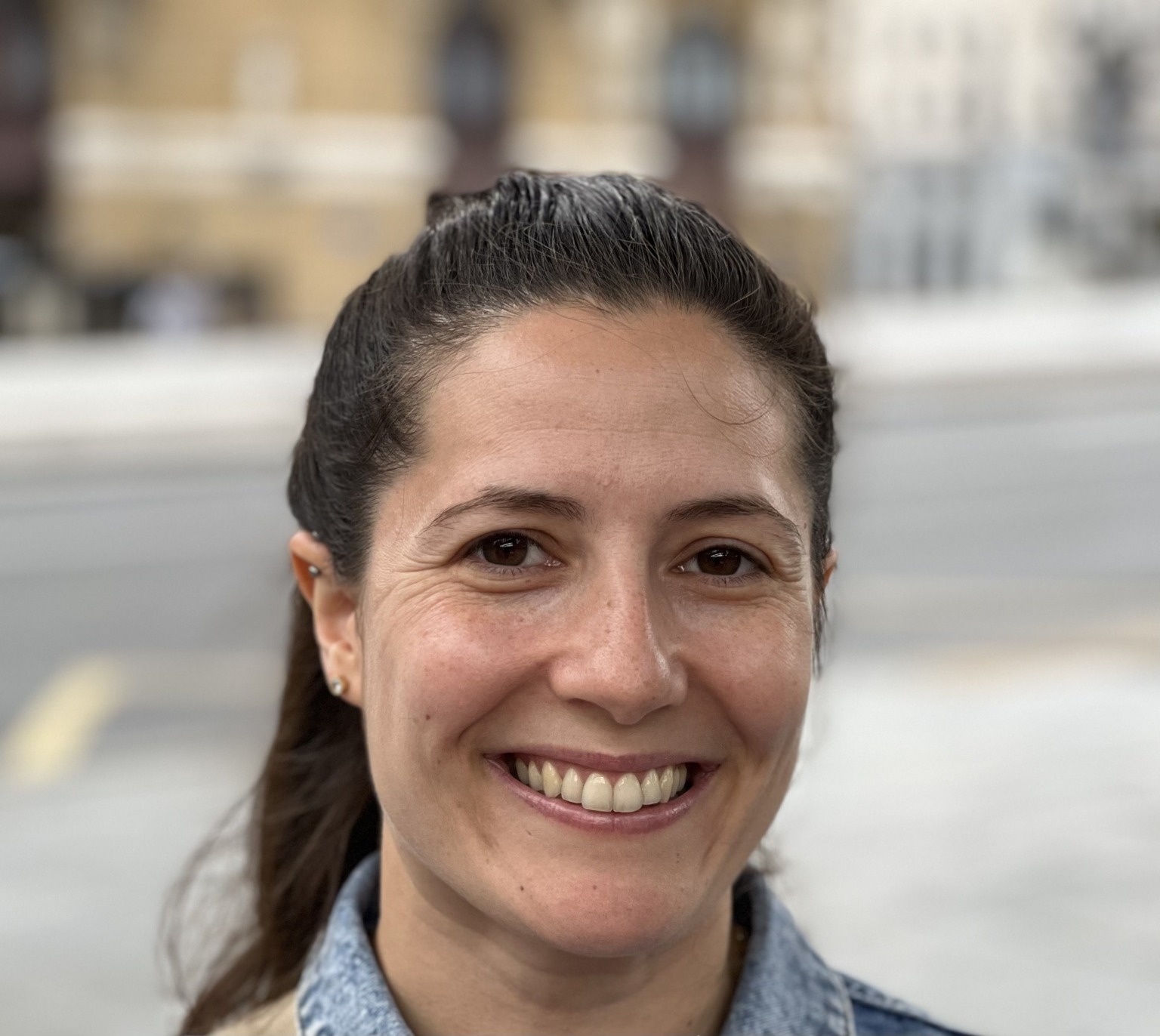
Danai Korre
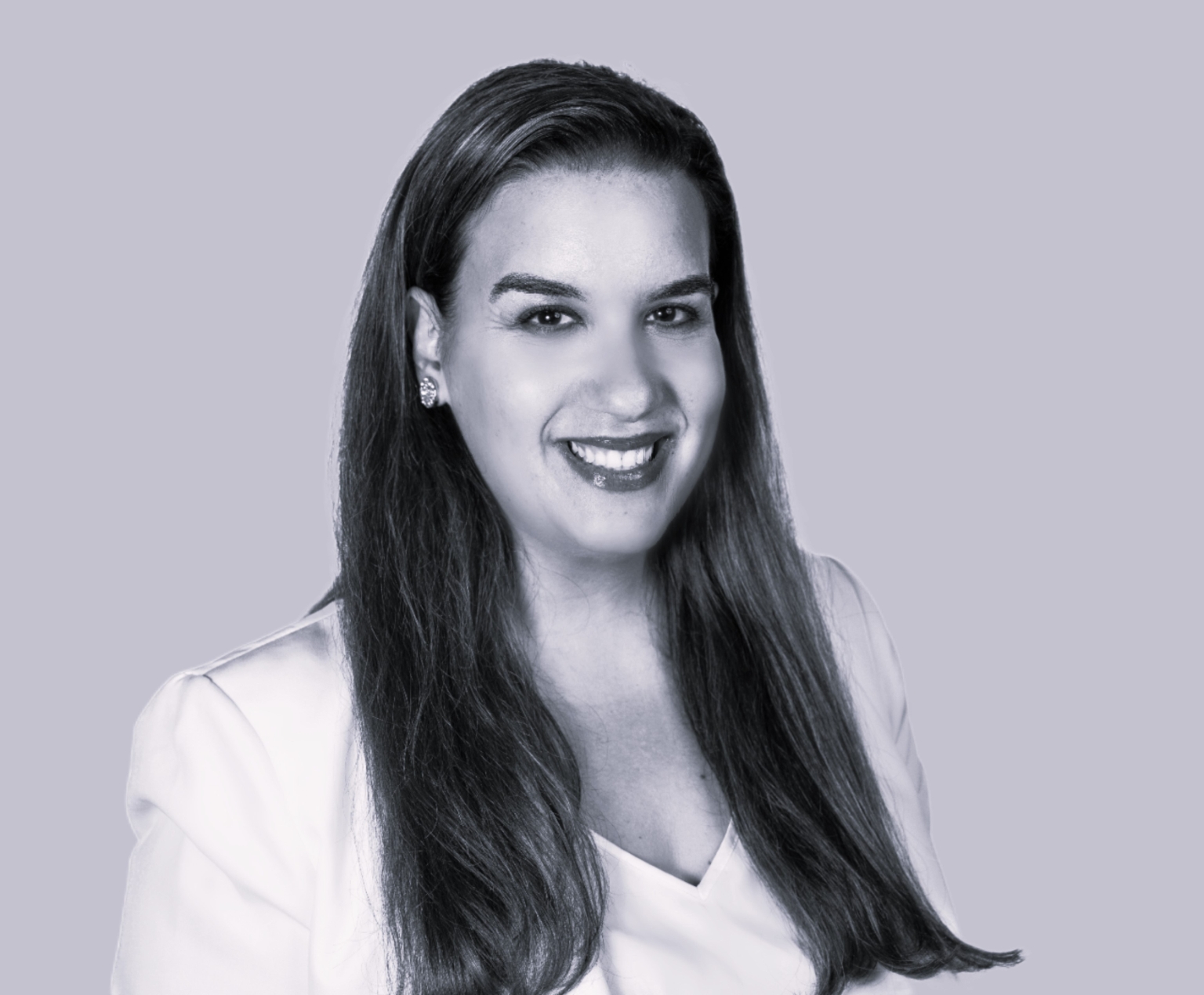
Stella Telliou
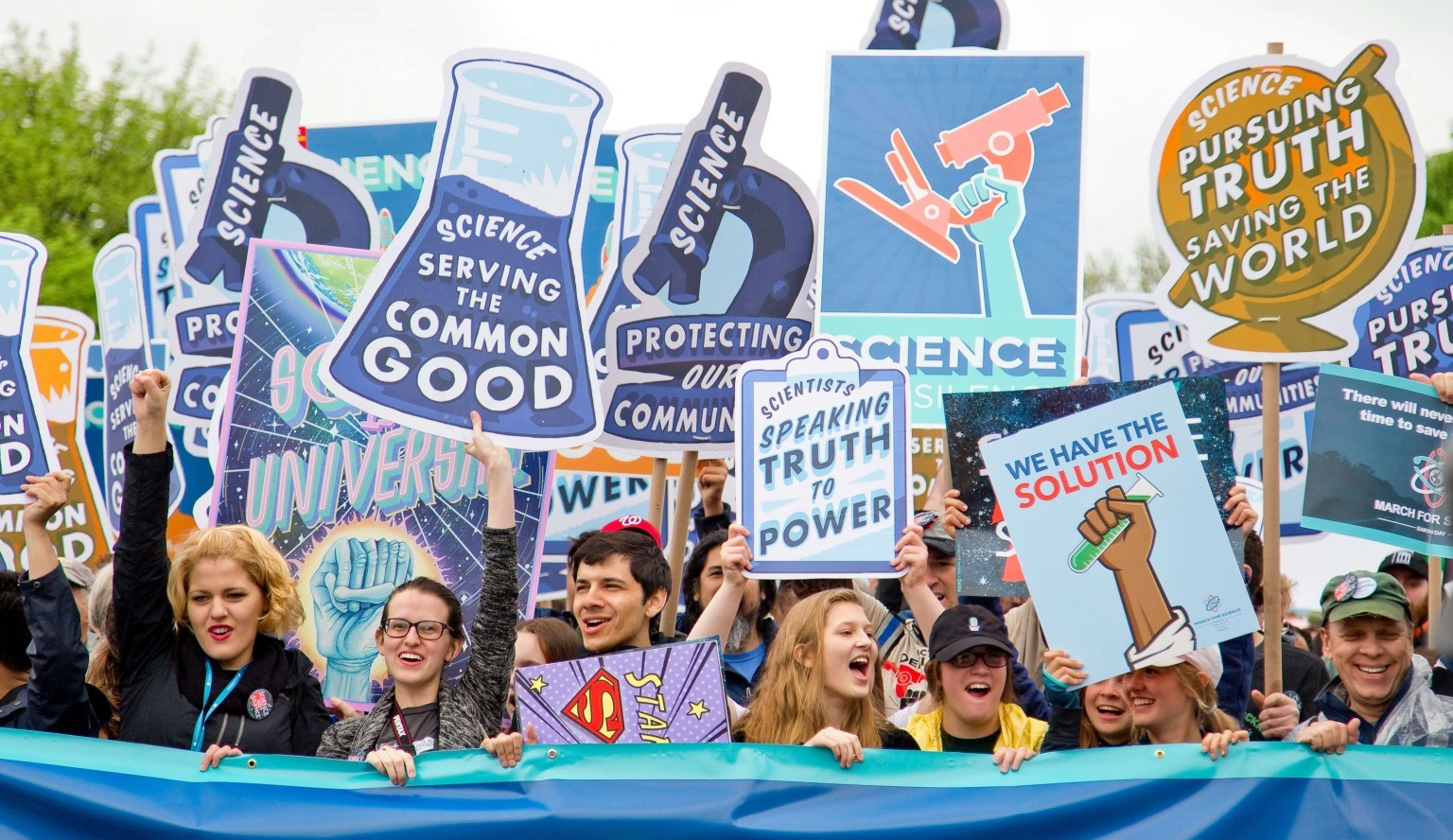
Maria Koumouri